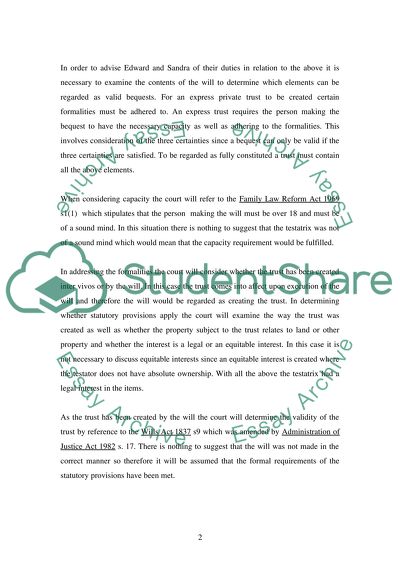Cite this document
(“Equity and trusts assignment Essay Example | Topics and Well Written Essays - 2500 words”, n.d.)
Equity and trusts assignment Essay Example | Topics and Well Written Essays - 2500 words. Retrieved from https://studentshare.org/miscellaneous/1549780-equity-and-trusts-assignment
Equity and trusts assignment Essay Example | Topics and Well Written Essays - 2500 words. Retrieved from https://studentshare.org/miscellaneous/1549780-equity-and-trusts-assignment
(Equity and Trusts Assignment Essay Example | Topics and Well Written Essays - 2500 Words)
Equity and Trusts Assignment Essay Example | Topics and Well Written Essays - 2500 Words. https://studentshare.org/miscellaneous/1549780-equity-and-trusts-assignment.
Equity and Trusts Assignment Essay Example | Topics and Well Written Essays - 2500 Words. https://studentshare.org/miscellaneous/1549780-equity-and-trusts-assignment.
“Equity and Trusts Assignment Essay Example | Topics and Well Written Essays - 2500 Words”, n.d. https://studentshare.org/miscellaneous/1549780-equity-and-trusts-assignment.


